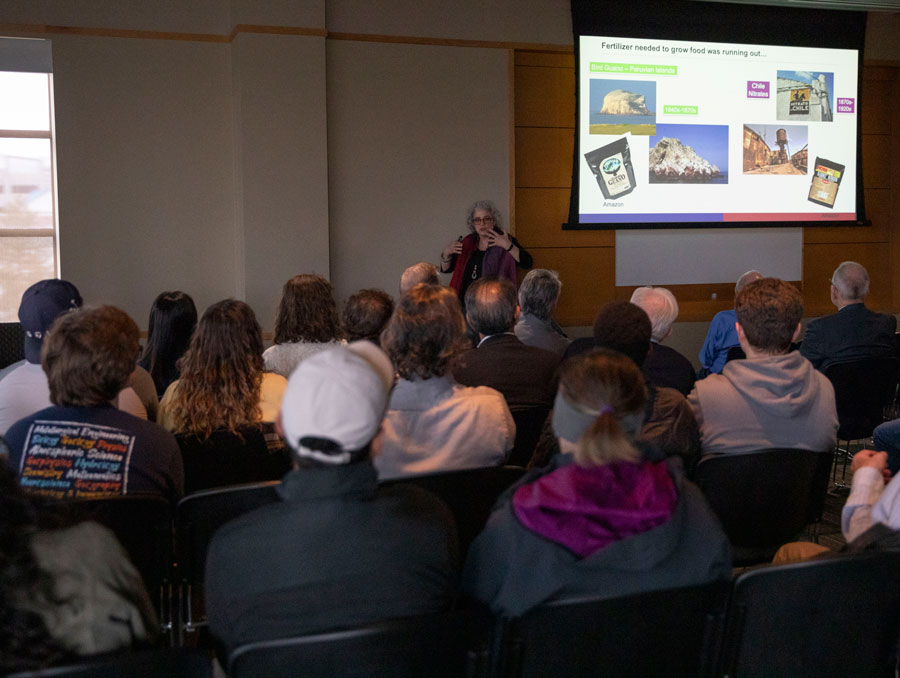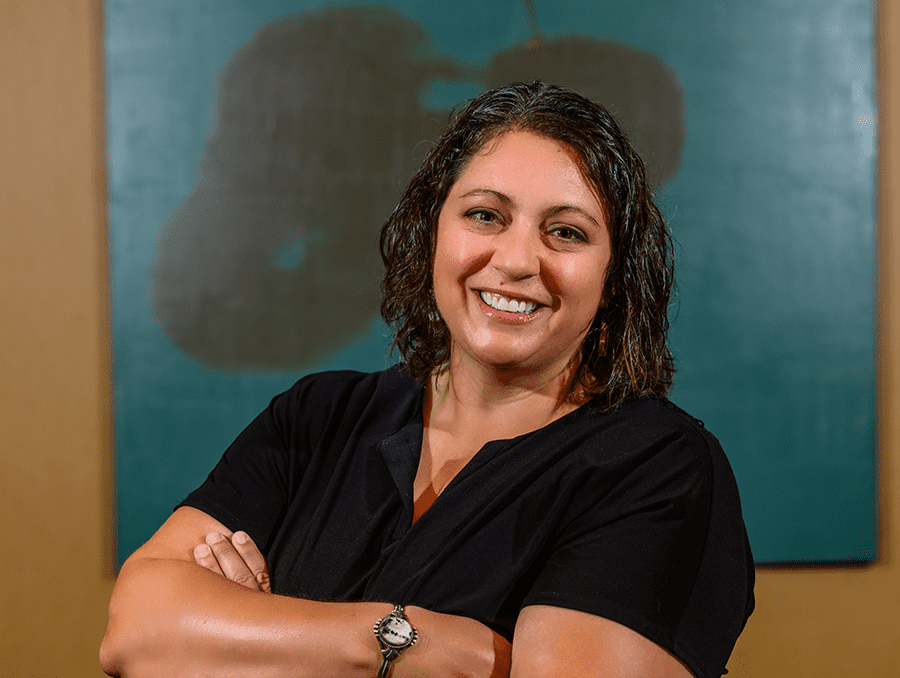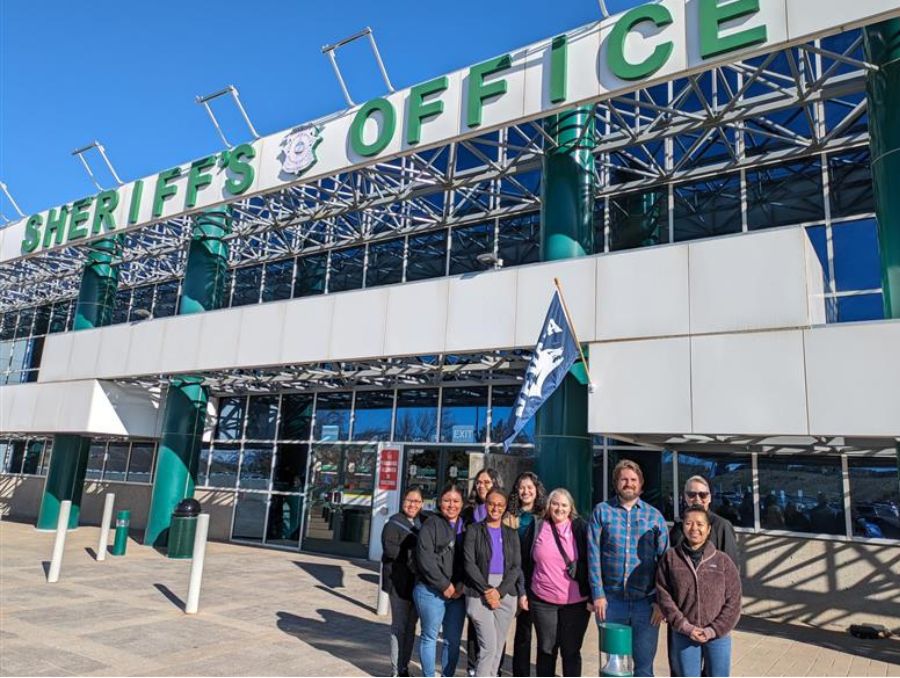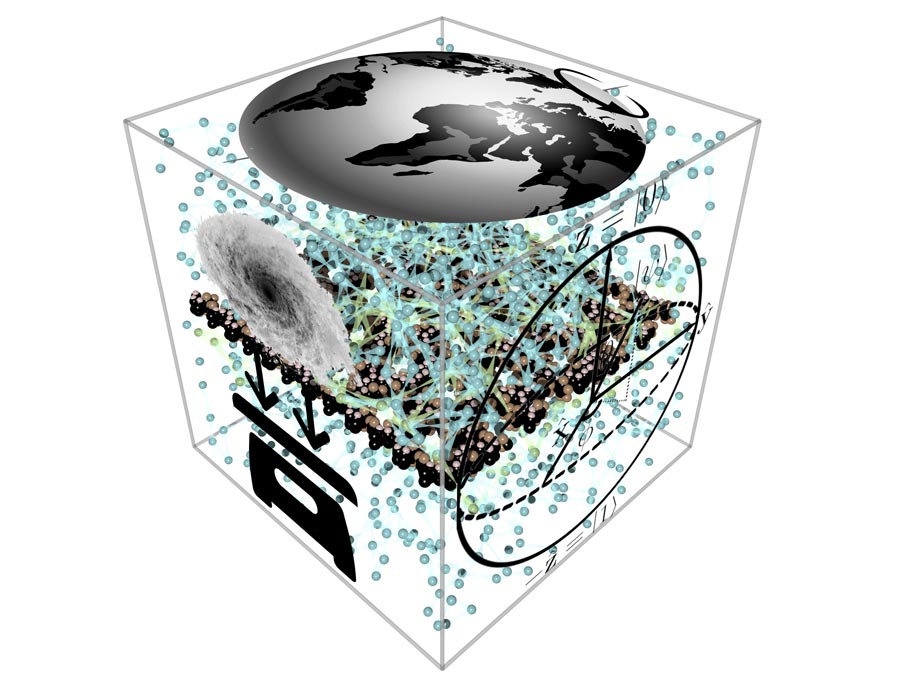University of Nevada, Reno researchers Sudeep Chandra and Wally Miller will address the topics of wildfire effects and invasive species at this year’s Lake Tahoe Summit on Saturday, Aug. 16, 9 a.m. to noon. Both topics represent a significant challenge to the water quality of the lake and the overall ecological health of the Lake Tahoe Basin.
The summit is at the Valhalla Estate, located on U.S. Forest Service land at the Tallac Historic Site on California State Route 89, just north of Camp Richardson in South Lake Tahoe.
Miller will review the impacts of erosion and nutrient discharge on the environment in the aftermath of a catastrophic fire. Chandra will review the impact of invasive fish and plant species, such as curly-leaf pond weed and milfoil. Many of the species have been introduced unintentionally and are in relatively early stages of proliferation. Chandra will recommend policies, resources and collaborative strategies necessary to slow and control the spread of these species.
The work of Chandra and Miller is part of a legacy of research conducted by the University and the Desert Research Institute (DRI), which is heavily dependent on the work of graduate students. At this year’s summit, the University’s Academy for the Environment and DRI are releasing a collaborative report, “25 Years of Student Research at Lake Tahoe.” The report compiles the quarter century of contributions from more than 100 graduate students to the body of Lake Tahoe Basin research work.
“Talk to most University and DRI faculty about their research and it does not take long for them to mention how important graduate students are to their programs,” the report indicates. “Students are extremely bright, hard working, and provide incredibly productive insights to the research products on which they work.”
Dave Rios and Marcy Kamerath are two such examples of students currently working with Chandra. Kamerath’s research deals with the invasive fish species of bass and bluegill and their spread from the south shore to other parts of Lake Tahoe. Her findings will help scientists better understand the ability and likelihood of organisms and species to spread. Rios works with pre-restoration watersheds on the north shore and also in constructed wetlands. His research will lead to further knowledge about improving restoration practices as well as water quality and clarity.
“We are very proud of both the individual and collective contributions our students have made to science in the Lake Tahoe Basin,” Miller said.











